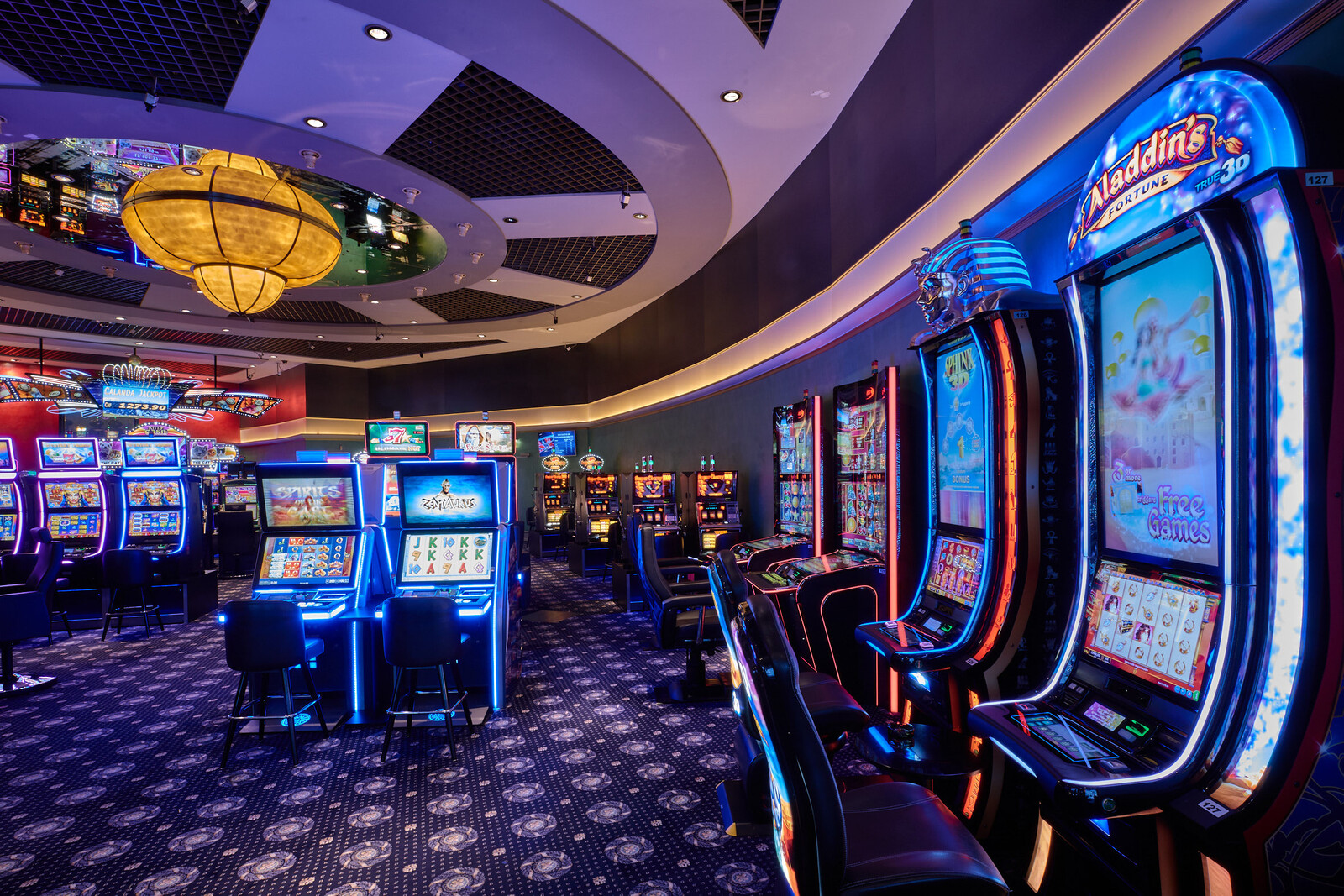
Within the dynamic and stimulating world of gaming establishments, where luck and tactics intertwine, hues and aesthetic play a pivotal role in attracting players. As soon as players step inside a casino or access a gaming website, they are immersed in a visual feast that captures their attention and entices them to explore further. Bright colors, captivating graphics, and innovative layouts are meticulously crafted to create an atmosphere of thrill and expectation, ultimately improving the gaming experience.
While players move through the ever-changing landscape of casino games, they come across a range of designs that not only serve visual purposes but also influence feelings and decision-making. Colors like scarlet and gold symbolize wealth and luck, while calm blues and emeralds can create a much relaxed environment. Understanding how these elements function together enables casinos to create an welcoming and stimulating atmosphere that encourages players to interact with the games, invest additional time at the tables, and boost their overall enjoyment.
The Science of Hue in Casino Games
Tint plays a crucial role in the development of gaming experiences, influencing players’ emotional states and behaviors. Lively and bold hues, such as scarlet and gold, are often used to ignite enthusiasm and draw focus. These hues create a sense urgency and dynamism, encouraging gamblers to participate more enthusiastically with the experience. By strategically selecting tints, developers aim to evoke feelings of satisfaction and anticipation, which can enhance the complete game experience.
Various shades also have psychological meanings that can affect how gamblers perceive their possibilities of winning. For example, lime is frequently associated with luck and abundance, making it a popular choice in games like roulette and poker games. This link can cause players to feel more positive and self-assured in their gaming, ultimately encouraging them to bet more. Comprehending these links allows game designers to design environments that enhance player satisfaction and engagement.
Furthermore, the design of gambling game interfaces often employs color gradients and contrasting colors to direct players’ responses. For example, successful results may be emphasized with striking, contrasting hues, creating a visual incentive. This method strengthens favorable outcomes and promotes repeated engagement. UK casinos not on GamStop By leveraging the science of color, gaming venues can create activities that not only draw gamblers but also hold them interested and dedicated in their gaming experience.
Creative Elements that Engage Players
The aesthetic appeal of casino games is largely influenced by the use of bold colors. Lively and striking colors are deliberately chosen to create an appealing atmosphere that grabs interest. For example, crimson and golden hues often signify good fortune and prosperity, which is why they are prevalent in the color schemes of slot machines and table surfaces. These colors not only attract players in, but they also evoke emotions associated with thrill and anticipation, enhancing the overall gaming experience.
In addition to color, the design and layout of casino games play a significant role in captivating players. Games are designed to be intuitive, ensuring that players can quickly understand the rules and mechanics. User-friendly interfaces, along with engaging graphics and animations, help maintain gamer interest and encourage longer play sessions. The physical elements, such as the texture of the controls and the sounds of the games, also add to a comprehensive sensory experience that keeps players engaged.
Finally, thematic elements in game design can greatly influence gaming decisions. Many gambling games are inspired by popular culture, myths, or adventure themes, featuring symbols and characters that resonate with players. These themes create a sense of engagement and connection, making each game feel unique. When players feel a connection to the theme, they are more likely to choose that game over others, leading to increased participation and excitement within the casino environment.
Case Studies: Notable Casino Slot Designs
One noteworthy example of impressive casino game design is the acclaimed slot machine series based around blockbuster movies. Games such as those based on the Wizard of Oz and Game of thrones utilize dynamic colors and top-notch graphics to immerse players in well-known narratives. The application of moving visuals and captivating sound effects grabs the attention of players, building an affective connection to the theme. This tactic not just promotes longer play but also improves the overall gaming experience, yielding increased player retention.
Another effective case is the use of the psychology of color in table games like blackjack and roulette. Casinos often design these games with dark reds and greens, colors traditionally linked with luck and wealth. For instance, the emerald felt on a blackjack table provides a soothing effect, while the crimson accents in the wheel invite thrill. This deliberate use of color helps to create an inviting atmosphere that motivates players to join in, addressing their psychological impulses and enhancing their enjoyment.
Finally, online casino games that include community features and vivid, colorful designs have experienced remarkable success in engaging players. Games like Zynga Poker and Slot-O-Mania leverage bright colors and playful animations to create an inviting online environment. The addition of leaderboards, social sharing options, and in-app rewards fosters competition and community, attracting players in for longer sessions. Such designs merely make the games visually enticing but also underscore social interaction, a vital factor in player retention and engagement within online casino environments.